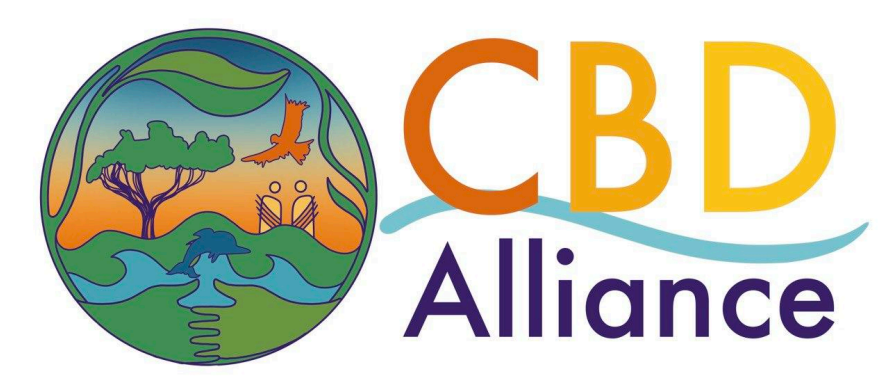Eva Sirinathsinghji, Third World Network
Living modified organisms containing engineered gene drives (EGD-LMOs) are a new form of genetic engineering (GE) application that raises a host of concerns spanning biosafety, socio-economic, ethical and cultural dimensions due to their explicit design intention of spread and persistence. Compounding these concerns is the inability to recall or reverse a gene drive release if the technology goes awry.
Due to the fundamental challenges they raise to the ability to conduct robust and reliable risk assessments, an AHTEG was set up to draft additional voluntary guidance materials. Such guidance materials should set out a precautionary approach, as set out in previous decisions (14/19, CP-9/13 and XIII/17).
Unfortunately, the new guidance materials that will be considered in Cali do not advance a precautionary approach. Instead, the use of a new approach (‘pathways to harm’ under a ‘problem formulation approach’) for conducting risk assessments has been introduced. It narrows the risk assessment framing and scope, minimises data requirements for assessing risks and fails to address the central and most controversial risks and uncertainties of EGD-LMOs – their uncontrolled spread and persistence. This raises challenges for alignment with specific aspects of the Cartagena Protocol on Biosafety. Instead, the approach aligns with industry methods of streamlining risk assessments that have been long promoted for GE crops, and thus is not well equipped to deal with the risks and uncertainties associated with EGD-LMOs.
Most concerningly, the prominent role played by a member of the AHTEG who is affiliated with an entity that is considered one of - if not the - leading gene drive projects globally, raises doubts regarding the integrity of the guidance materials. This member played a prominent role in advocating for the adopted methods as well as taking lead roles in early drafting of sections of the document that relate to project of the developer. This regrettably casts doubts over the integrity of the guidance materials. This case has been highlighted at SBI-4 (paras 13-15 of CBD/SBI/4/11/Add.1). It has also, in part, led to proposed amendments to improve the procedure for avoiding or managing conflicts of interest in expert groups, which will be considered at COP16.
The guidance materials are not yet ready to be welcomed by Parties. They should instead, be subject to independent review before they can be put to use. Precaution and integrity cannot be compromised at the hands of industry.
